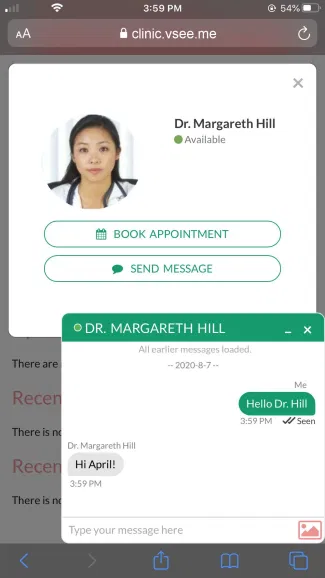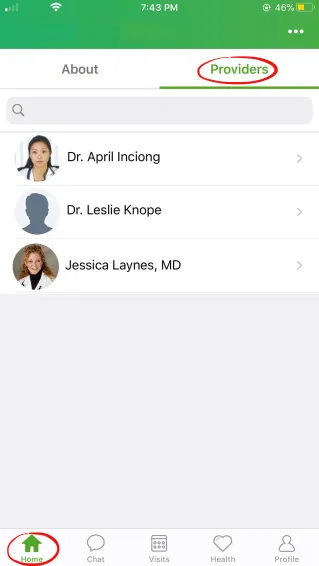

Skype allows for calling other participants on their phone number. Not available for group calls.Īllows to control the other person's screen when “screen sharing” in settings is enabled. Skype Translator translates video calls and written text in real time. Other participants will not hear the interpreters. Participants can select their preferred language and will only hear the interpreter of the chosen language.

The “language interpretation” feature allows an interpreter to be included in the audio channel of a video call. Interpreter features (apart from the group call feature) Skype allows muting but not hiding other participants' video.Ī Google G Suite account is available from $6–$25/monthĮxtension packages are available from $13.99/month Only muting other participants is available Option to mute or hide other participants’ video Yes, Skype allows caller ID protection for specific accounts.ġ0 participants, 25 with a Google G Suite accountġ000 participants with the Large Meeting add‐on Yes, it is possible to set up a preferred (work) caller IDįor Zoom Phone it is possible to hide the caller ID, not for Zoom video call On desktop Skype for Web can be used on Microsoft Edge and Google Chrome Mobile devices require the Google Hangouts app. Mobile devices require the Facebook Messenger app. On desktop Skype for Web can be used on Microsoft Edge and Google Chrome without needing the appįor mobile devices the Skype app is required. On desktop Hangouts can be accessed through supported web browsers (Google Chrome, Microsoft Internet Explorer, Safari, or Firefox). On desktop Facebook Messenger can be accessed through compatible web browsers. No, FaceTime is included in compatible Apple devices Ubuntu 12.04, Mint 17.1, Red Hat Enterprise Linux 6.4, Oracle Linux 6.4, CentOS 6.4, Fedora 21, OpenSUSE 13.2, and ArchLinux (64‐bit only) or later
VSEE CLINIC APP FOR WINDOWS 10 MAC OS X
Mac OS X with Mac OS 10.6.8 (Snow Leopard) or later


Mac OS X, Windows, Chrome, Ubuntu and other Debian‐based Linux distributions While some of the platforms discussed are short‐time solutions only allowed as a result of waivers from the centers for medicare and medicaid services (CMS) and HIPPA, others are more formal long‐term solutions (Tables (Tables1, 1, ,2, 2, ,3 3).Īny desktop computer using Google Chrome, Opera, or Microsoft Edge All options discussed are either compliant with the health insurance portability and accountability act (HIPAA) or HIPAA approved, and represent viable systems to rapidly begin instituting telemedicine services during the global pandemic. Here, we present an overview of the most commonly used electronic medical recored based (EMR‐based) and non‐EMR based options in telehealth video platforms. This sudden shift in medical practice has forced many health care providers into using one of the numerous available telehealth platforms.
VSEE CLINIC APP FOR WINDOWS 10 MANUAL
Physicians are now tasked with triaging, then potentially diagnosing and treating patients all without ever having performed a manual physical evaluation. While telemedicine has allowed physicians unprecedented access to their patients, it represents a drastic shift in centuries worth of tradition. Where the doctor's office was once a place that patients visited to improve their health, it became feared by some as a source of potential disease.īut how does one take the doctor out of the doctor's office? The answer is simple, you take away the office. As the global severe acute respiratory syndrome coronavirus 2 (SARS CoV‐2) pandemic made social distancing a necessity, patients began to question the safety of their surroundings. For the first time, physicians and patients alike are seeking ways to rapidly restructure the time‐honored physician‐patient relationship. It is the year the handshake became feared, and the year that medicine was finally forced to change from within. The year 2020 will forever be remembered in medicine. But at its core, the physician‐patient relationship had always started and ended with the proverbial handshake until now. Intellectual, diagnostic, and therapeutic advances have brought medicine out of the dark ages and into the modern era. Unlike a virus which is constantly changing from within, medicine has survived by changing its surroundings. While the practice of medicine has existed for centuries, it has been exceedingly resistant to change.


 0 kommentar(er)
0 kommentar(er)
